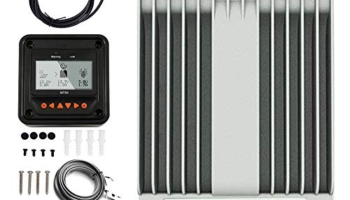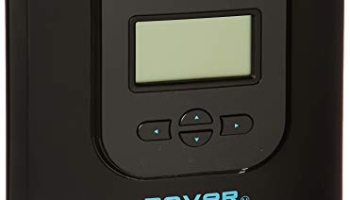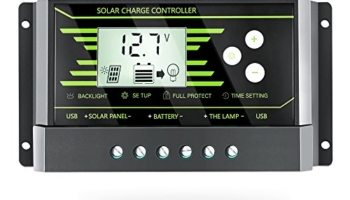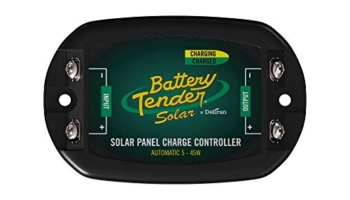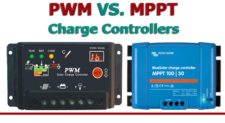
PWM VS. MPPT Charge Controllers
PWM and MPPT charge controllers are both widely used to charge batteries with solar power. The PWM controller is, in essence, a switch that connects a solar array to the battery. The result is that the voltage of, in essence, will be pulled down to near that of the battery.
The MPPT controller is more sophisticated (and more expensive): it will adjust its input voltage to harvest the maximum power from the solar array and then transform this power to supply the varying voltage requirement of the battery plus load. Thus, it essentially decouples the array and battery voltages so that there can be, for example, a 12-volt battery on one side of the MPPT charge controller and panels wired in series to produce 36 volts on the other.
In this article, we outline all the Pros and Cons of each of the charge controllers.
PWM Type Solar Controllers
PROS
– Built on a time-tested technology, used more than a decade in solar based systems and well established
– Inexpensive, usually available at less than $350
– Available in different sizes up to 60 Amps
– Durable due to the passive heatsink type cooling
– Used in a number of applications due to different sizes and designs
CONS
– It is vital that the nominal voltage of Solar input and the battery bank to be matched
– A single controller without sized more than 60 amps DC until now
– The maximum PWM controller units in smaller category are not UL listed
– The majority of PWM controller units in smaller size come lacking stuff for stream
– Have limited capacity for system growth
– Not suitable to be used on higher voltage grid connect modules
MPPT Solar Controllers
PROS
– Provide a potential boost up to 30%
in terms of charging efficiency
– Give the potential stuff to have an assortment with voltage of higher input than the battery bank
– Available in various sizes up to 80 Amps
– Available with longer warranties than PWM units
– Offer the maximum flexibility for increasing the growth of the system
– Gives the only way for regulating grid connect modules for efficient battery charging
CONS
– Expensive. Sometimes the cost of this controller is twice the cost of a PWM controller
– Require large space because this controller is commonly bigger in material size
– It is too difficult for sizing a suitable Solar array, not including manufacturer guides of MPPT controller
– MPPT controller usage strengthens the Solar array to get comprised similarly to photovoltaic modules in like strings




